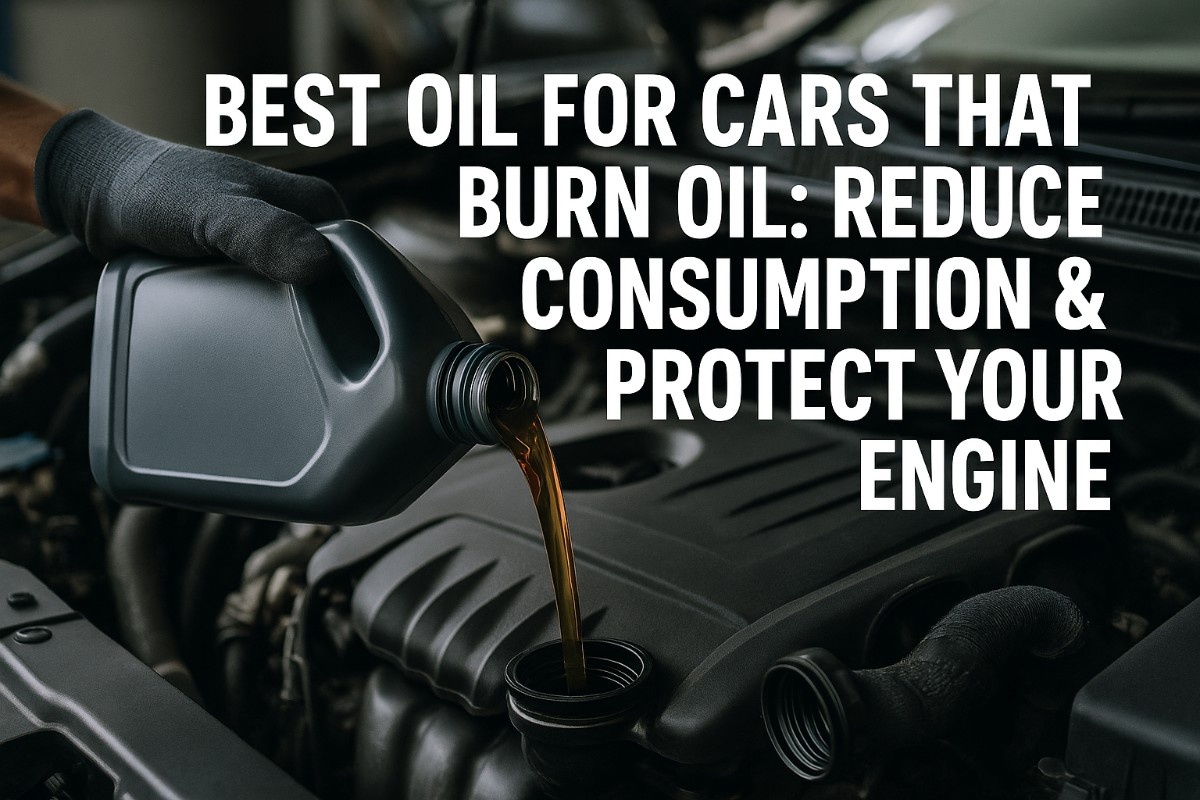Recognizing the warning signs your truck needs an oil viscosity change can prevent $3,500-$8,000 in engine repairs and extend equipment life by 40%. Industry data shows 58% of truck owners continue using incorrect oil viscosity despite clear warning indicators, accelerating wear and reducing fuel efficiency by up to 8%. Understanding these seven critical signs enables proactive viscosity adjustments that protect your investment and optimize performance. Start tracking your truck's oil health to catch problems before they become expensive failures.
Why Oil Viscosity Matters for Your Truck
Don't Wait for Engine Damage to Act
Implement systematic oil monitoring to catch viscosity problems early and protect your truck investment.
The 7 Warning Signs You Shouldn't Ignore
Your truck communicates viscosity problems through specific symptoms that worsen over time. Catching these signs early allows simple oil changes rather than major repairs. Here are the seven critical indicators that your truck needs an oil viscosity adjustment.
Hard Starting in Cold Weather
If your truck struggles to turn over on cold mornings despite a healthy battery, oil viscosity is likely too thick. High-viscosity oil resists flow at low temperatures, forcing the starter motor to work harder against increased resistance. This strains the starter, battery, and causes excessive wear during the critical first seconds of operation.
Increased Oil Consumption
Burning through oil faster than normal often indicates viscosity mismatch. Oil too thin for your engine's clearances slips past rings and seals, while oil too thick may not reach all components, causing localized burning. Consumption exceeding 1 quart per 3,000 miles signals a viscosity problem requiring immediate attention.
Low Oil Pressure Warning
Oil pressure lights or gauges showing low readings—especially when warm—indicate oil too thin to maintain adequate pressure at operating temperature. This is critical: insufficient oil pressure means inadequate lubrication, leading to rapid bearing wear, rod knock, and potential engine failure within miles.
Unusual Engine Noise
Ticking, knocking, or increased mechanical noise indicates inadequate lubrication film between moving parts. When viscosity is wrong for operating conditions, metal-to-metal contact occurs. Valve train noise at startup suggests oil too thick to flow quickly, while noise when hot points to oil too thin for proper cushioning.
Decreased Fuel Economy
A sudden 5-10% drop in fuel efficiency often traces to incorrect oil viscosity. Oil too thick creates excessive internal friction, forcing the engine to work harder. The engine burns more fuel overcoming resistance that proper viscosity would eliminate. This costs $400-$800 annually in wasted fuel for heavy trucks.
Engine Running Hotter Than Normal
Oil plays a crucial role in heat transfer—wrong viscosity impairs this function. Oil too thick doesn't circulate efficiently to carry heat away from hot spots. Oil too thin lacks the film strength to prevent friction-generated heat. Either condition causes operating temperatures to creep up, accelerating wear throughout the engine.
Blue Exhaust Smoke
Blue-tinted exhaust smoke indicates oil burning in combustion chambers—a clear sign oil is bypassing seals and rings. While this can indicate mechanical wear, it's often caused by viscosity too thin for engine clearances, allowing oil to slip past sealing surfaces. Catching this early prevents catalytic converter damage and emissions failures.
Quick Viscosity Decision Guide
- Hard starting in cold weather
- Noise at startup that fades when warm
- Operating in extreme cold climates
- Fuel economy worse than expected
- Excessive oil consumption
- Low oil pressure when warm
- Noise increases when engine is hot
- Blue smoke from exhaust
Never exceed manufacturer viscosity specifications by more than one grade without professional consultation. Extreme viscosity changes can void warranties and cause damage. When in doubt, consult with maintenance experts before making changes.
Take Action Before Problems Escalate
These seven warning signs provide early detection opportunities that save thousands in repairs when addressed promptly. The key is systematic monitoring—tracking oil consumption, noting performance changes, and responding quickly to warning indicators. Fleet operators using digital inspection platforms catch viscosity problems 60% earlier than manual tracking methods, preventing small issues from becoming major failures.
Don't wait for engine damage to force expensive repairs. Recognize these signs, adjust viscosity appropriately, and maintain your truck's performance for years to come.
Protect Your Truck with Proactive Oil Monitoring
Catch viscosity problems early with systematic tracking that prevents costly engine damage.



